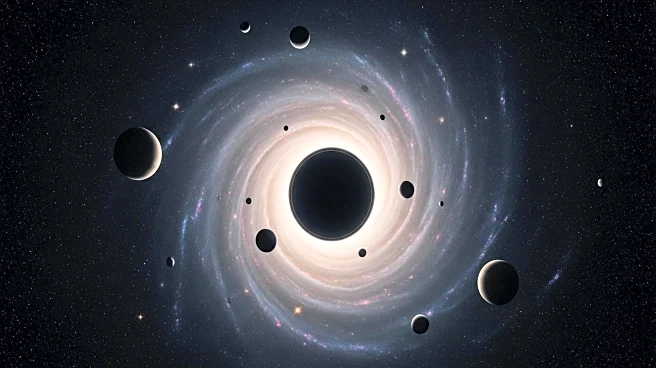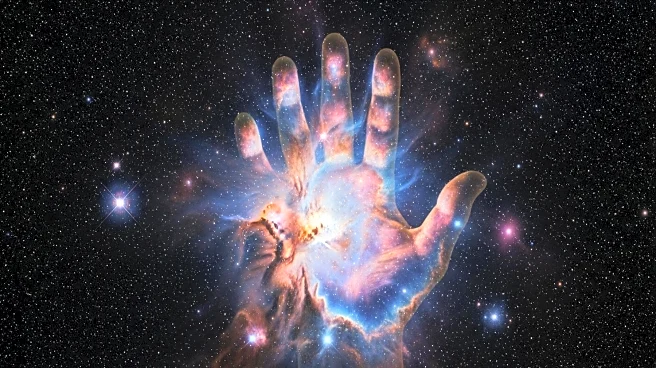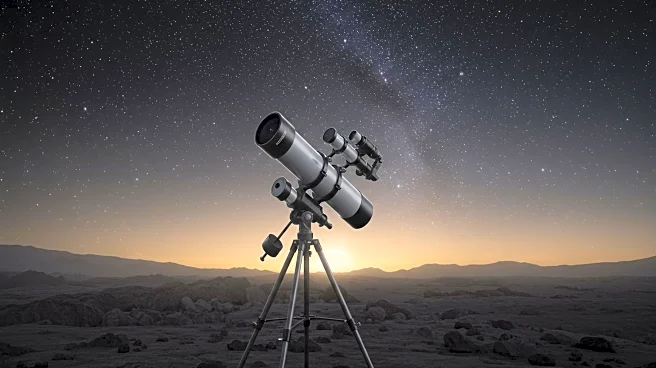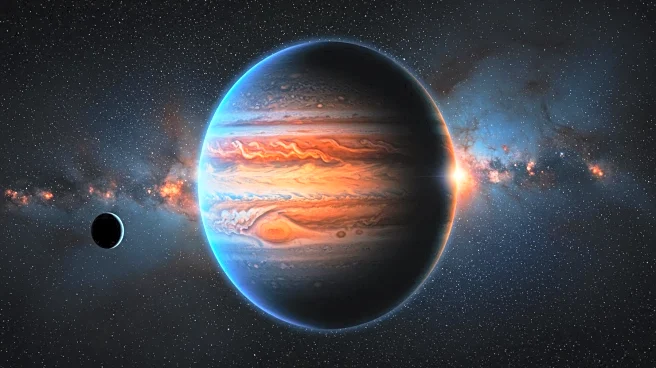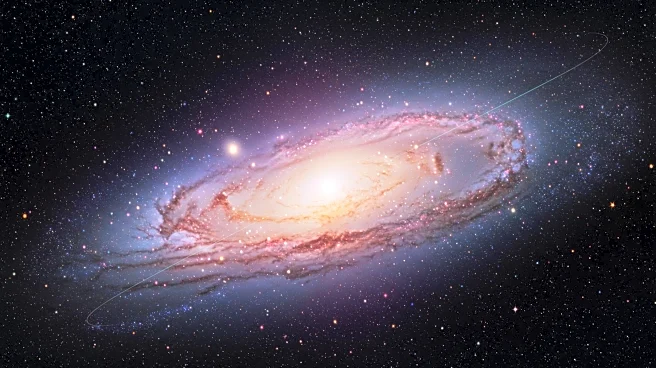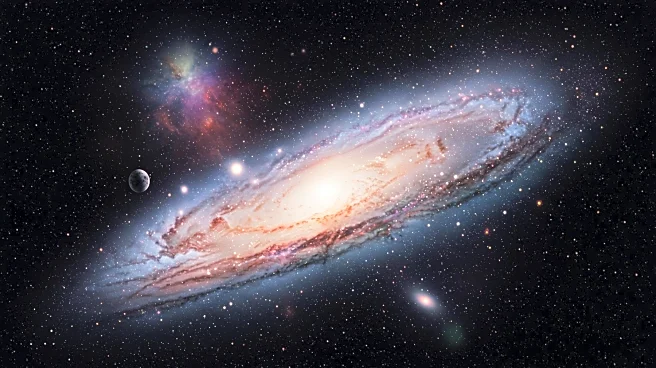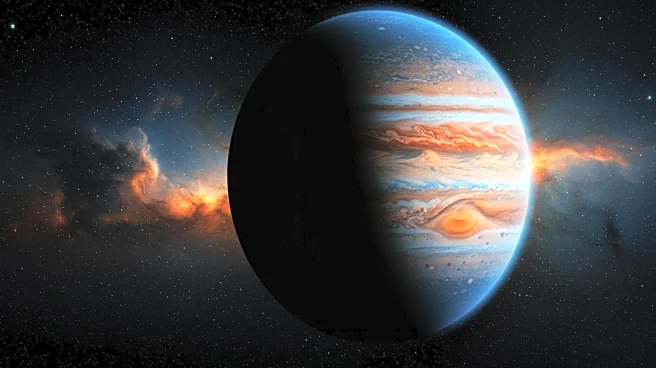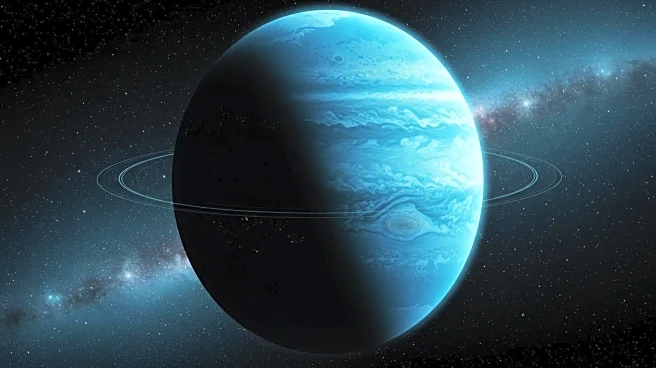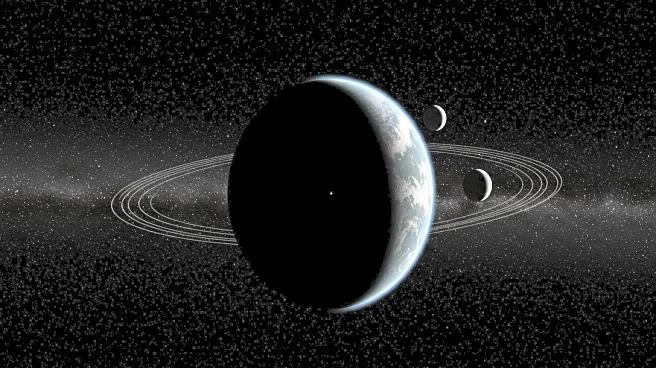Rapid Read • 7 min read
Physicist William DeRocco from the University of Maryland has proposed using Ganymede, Jupiter's largest moon, as a detector for dark matter. Dark matter, a hypothetical form of matter, is believed to account for about 85% of the universe's mass but remains undetectable by current instruments. DeRocco suggests that super heavy dark matter particles could leave distinct craters on Ganymede's ice surface, which could be detected by upcoming space missions. The Europa Clipper (NASA) and JUICE (ESA) missions, equipped with advanced radars, may help identify these anomalies, potentially providing evidence of dark matter interactions.
AD
The proposal to use Ganymede as a dark matter detector represents a significant shift in the approach to understanding dark matter. If successful, it could provide new insights into the fundamental composition of the universe, impacting fields such as astrophysics and cosmology. The ability to detect dark matter interactions on a celestial body could revolutionize scientific methods and theories about the universe's structure. This could lead to advancements in technology and a deeper understanding of cosmic phenomena, benefiting scientific communities and potentially influencing public policy on space exploration.
The scientific community is cautiously optimistic about the proposal, with upcoming missions to Jupiter potentially providing the necessary data to test DeRocco's theory. If the missions detect the proposed craters, it could validate the hypothesis and lead to further exploration of dark matter. The results could prompt additional research and funding for space missions focused on dark matter detection, influencing future scientific priorities and international collaborations in space exploration.
AD
More Stories You Might Enjoy
